Replace your NAS device before you find a problem – don’t wait for things to go wrong
After years of excellent service, retiring a Synology NAS server saw a drastic improvement in speed and functionality
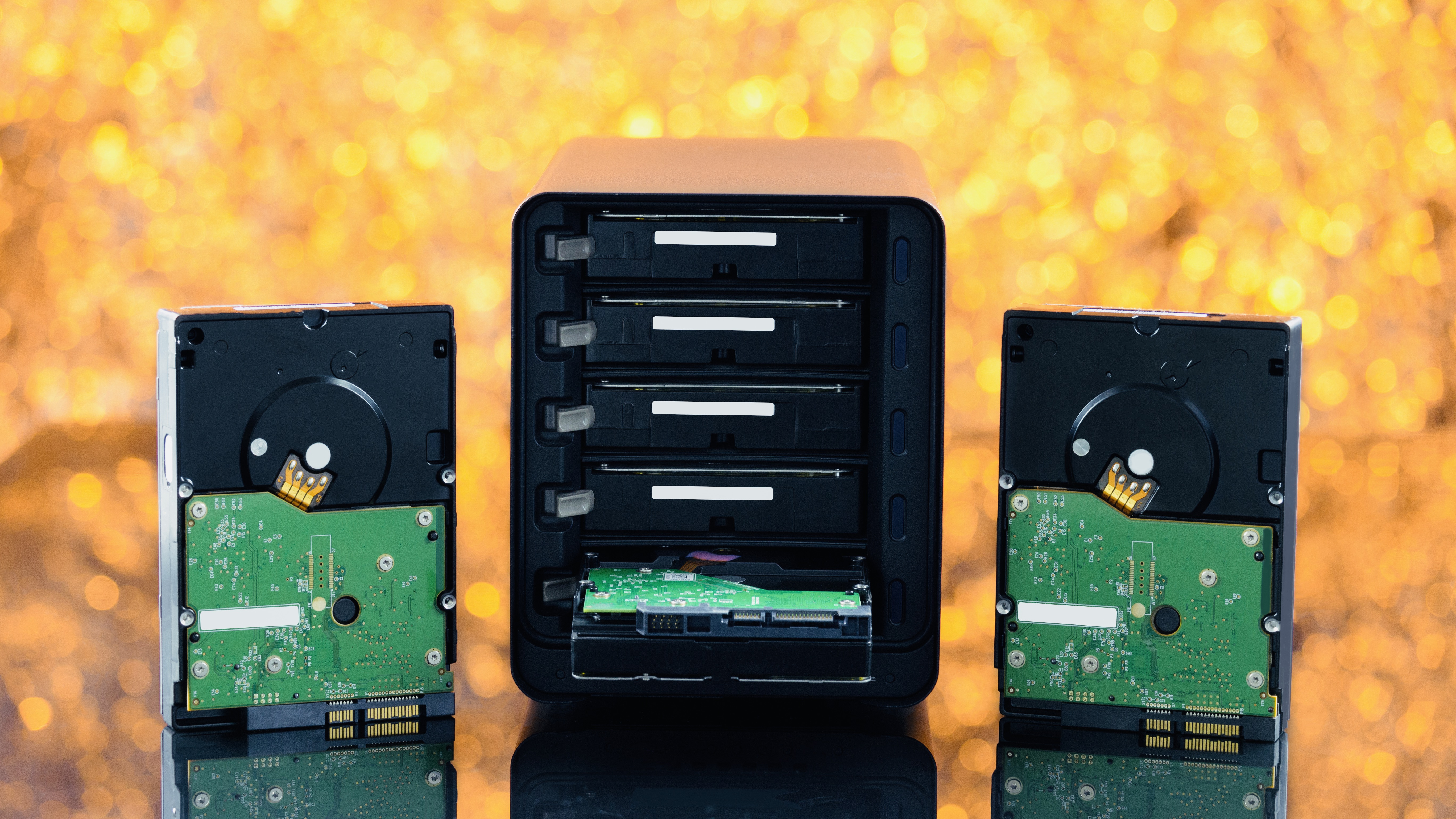
Network-attached storage (NAS) devices are wonderful things. Back in the day, I used to run Windows Server on my network, and it did a good job. Then things got more complicated with Active Directory, which was fine for a large corporate but added a lot of complexity to the SMB marketplace. Microsoft, in its ongoing attempt to force every square peg into a round hole, made a Home Server. But complexity was always going to be an issue.
NAS devices have been around for a while, of course, and many vendors had a go. Starting with straight storage, they grew into application platform servers with a rich array of additional tools and services. It started with the obvious ones – file server, a spot of DNS and maybe some DHCP services – but now its blossomed into a rich ecosystem.
Because of that, it makes sense to choose a vendor platform and stick with it. There are tools, such as NAS-to-NAS replication and backup services, that really need two devices of the same platform, even if they’re not the same model. A decade ago, I looked at NAS devices from Synology, Asustor and Qnap, and chose Synology.
I take a six-year view on these devices. Although the latest research suggests there isn’t much of an issue at the six-year point, the whole operational device starts to get a bit leggy at that point. It’s best to replace your NAS devices before you have a problem, rather than after one has occurred. Of course, drives will be in appropriate RAID arrays, so a single or multiple drive failure won’t be catastrophic. All data should be appropriately replicated and backed up, too, both locally across the network and to cloud storage. I use both Synology’s C2 cloud storage and also Backblaze B2. These are mostly fit and forget, although it’s good housekeeping to keep an eye on them.
For camera security, I use the excellent Synology Surveillance Station platform. Security cameras are connected via wired Ethernet and use Power over Ethernet. Although cameras that connect via Wi-Fi are fun, they’re more like a toy when it comes to surveillance. For a number of years, I have used the Synology NVR1218 NAS box in the lab. It’s a small device that supports up to 12 IP cameras. But, most importantly, it has an HDMI port on the rear, so you can connect up a TV or monitor directly to the NAS and have a multi-window view of the cameras. There are devices such as the VS360HD that give you the same HDMI interface, but are connected to the Ethernet, and so can be used with any suitably powerful Synology NAS running Surveillance Station. But I liked the all-in-one approach.
Stick in a couple of 6TB hard disks in mirror and you have a solution that will store real-time feeds from the cameras for a month. If I wanted more, I could have added a DX517 expansion unit to add five more drives, but the built-in storage was enough for my needs.
It has done sterling service, but it wasn’t the most performant of devices. Logging in from the DS-Cam app could take several tens of seconds for the camera views to appear. It was clear the dual-core 1GHz Intel CPU was constantly under duress, with only 1GB of RAM not really helping. That’s before you even get into event triggering and other advanced capabilities. The final problem was it was stuck on Synology DSM6, and couldn’t move forward to the current DSM7 platform. It was clear the NVR1218 was reaching end of life.
Sign up today and you will receive a free copy of our Future Focus 2025 report - the leading guidance on AI, cybersecurity and other IT challenges as per 700+ senior executives
12 wonderful uses for a NAS
In late 2021, Synology announced its replacement: the DVA1622. It still has the HDMI output and two internal drive slots, but support for the external drive bay has gone. No real loss from my point of view. Crucially, though, the CPU, with a dual-core (and four-thread) Celeron chip that could boost up to 2.7GHz, not to mention the leap from 1GB RAM to 6GB.
After a delay, perhaps due to the ongoing chip shortages, it arrived and was soon unpacked. When you migrate from one Synology to another, it’s always a good idea to have a full backup. Migrating is usually painless. You just pull the drives from the older box and put them into the newer box. Just to be sure, I used the tools to create a configuration file of the camera IP definitions (address, username, password). I moved the drives, and powered up.
RELATED RESOURCE

The increasing need for environmental intelligence solutions
How sustainability has become a major business priority and is continuing to grow in importance
Because DSM6 was running on the drives, and the new device runs on DSM7, there was a great deal a upgrading in the background – which took some time. One glitch was the additional camera licences hadn’t transferred across, nor had the camera definitions, but it wasn’t difficult to load those up. Once this was done, I connected up the external HDMI monitor and that worked fine too.
Performance is night and day better than the NCR1218. Now the CPU is mostly idling, and the built-in 6GB of RAM isn’t being slammed into the ground. This allowed me to look at some of the more intriguing facilities offered by this higher-power NAS, much of which it has inherited from its bigger brother the DVA3221 unit.
Beyond better performance, the biggest change sits in the area of video analytics. It can analyse video feeds, and recognise people as well as faces. It can even detect whether someone is wearing a face mask, in case your business has policies around mask-wearing in place. Cars and vehicles can be counted and recognised, and it can do number plate recognition too. This unit can run two of these tasks at once, or one task of face recognition (which obviously takes more CPU power). If you go for the bigger brother DVA3221 unit, then these task counts rise to 12 tasks and six for face recognition.
Six steps to NAS nirvana
I was curious to try these features, so turned them on for a few cameras outside. The recognition of vehicle movements was excellent, with each entry and exit triggering an event with an associated clip. Number plate recognition, on the other hand, wasn’t nearly so successful. It would help if Synology had tuned the software to recognise UK number plate designs, as it has for France, Germany, Poland, Switzerland, Taiwan and the US.
I started digging into the results, and it became clear the frame rate and resolution of the cameras weren’t good enough to gather good enough frames as a car drove through the field of view. If a car drove through slowly, then it wasn’t a problem. To be fair, this isn’t the fault of Synology’s deep video analytics service – a low resolution and low frame rate from a camera mounted up high up, looking down at an oblique angle, is hardly the most helpful of feeds. Clearly, I need to move the camera down, ensure it is grabbing more frames in the time window available as a vehicle drives past, and probably upgrade it.
So far, I’m impressed. I was probably expecting too much to think it would deliver all of its advanced capabilities with my rather ageing Axis cameras, which have been in place for a decade now. However, these cameras still do sterling work and there is no need to replace them. The upgrade to the newer model is well worthwhile just for the speed and responsiveness, the ability to run the latest Synology OS, and to have these additional facilities available if required. At a price of around £650 including VAT, it is a cracking piece of kit. I will start to age out the old drives by replacing them one at a time, allowing it to do the mirror rebuild as it goes, but I’m in no rush.
-
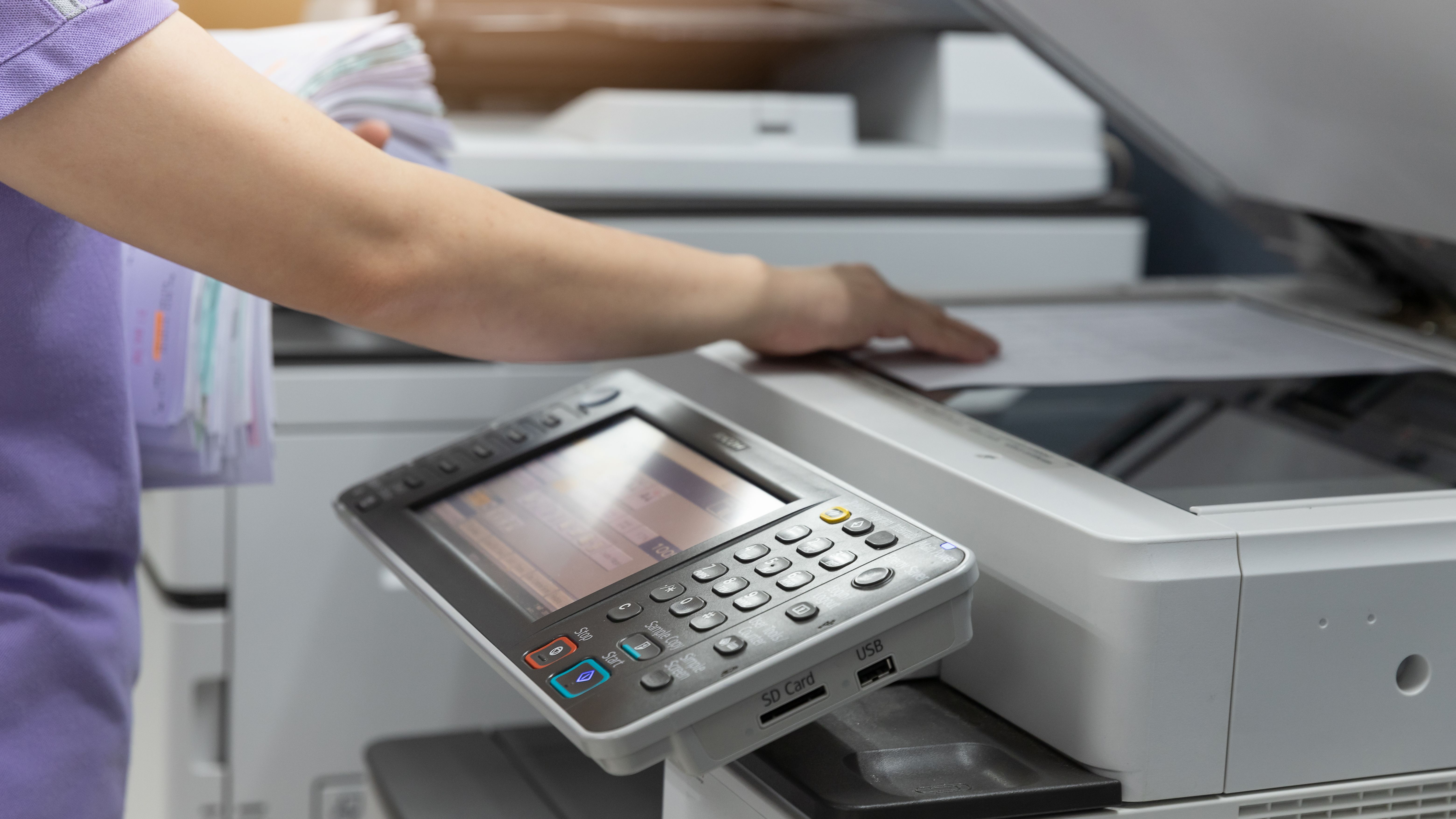 How do laser printers work?
How do laser printers work?In-depth If you’re scratching your head wondering how laser printers work, then we’ve got all the answers here
-
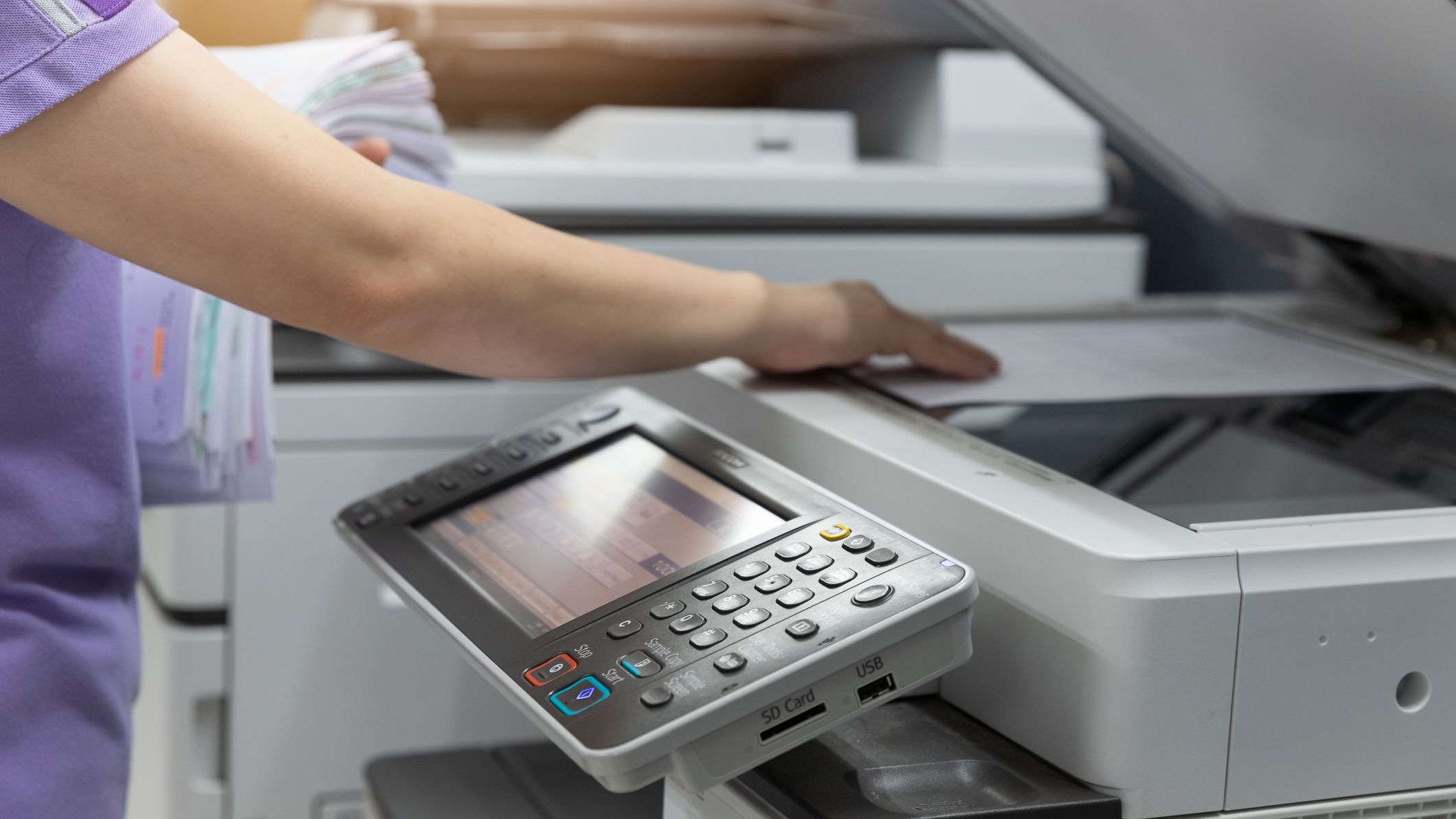 LED vs laser printers: What should your business choose?
LED vs laser printers: What should your business choose?In-depth Laser and LED printer technology is similar, but each come with their own unique benefits that could make them best for your company
-
 One-day IT projects to improve your business network
One-day IT projects to improve your business networkIn-depth Not all IT tasks take years to complete. We outline nine short, smart networking projects that can bring immediate benefits
-
 Compatible vs genuine ink cartridges: Is compatible ink as good as original?
Compatible vs genuine ink cartridges: Is compatible ink as good as original?In-depth Make sure you buy the right kind of ink cartridge for your printer
-
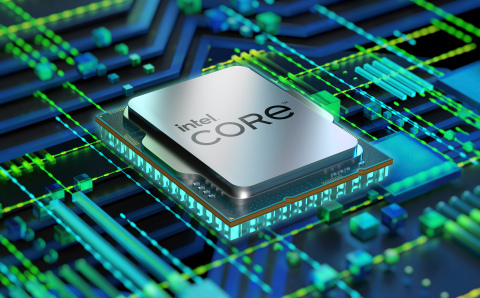 Intel launches 12th-gen Alder Lake processors optimised for Windows 11
Intel launches 12th-gen Alder Lake processors optimised for Windows 11News The chip company promises performance boosts of up to 37% on resource-heavy tasks
-
 Cloudflare ditches Intel Xeon CPUs over “enormous” energy consumption
Cloudflare ditches Intel Xeon CPUs over “enormous” energy consumptionNews The firm’s 11th generation servers will be fitted with AMD EPYC 7713 CPUs instead
-
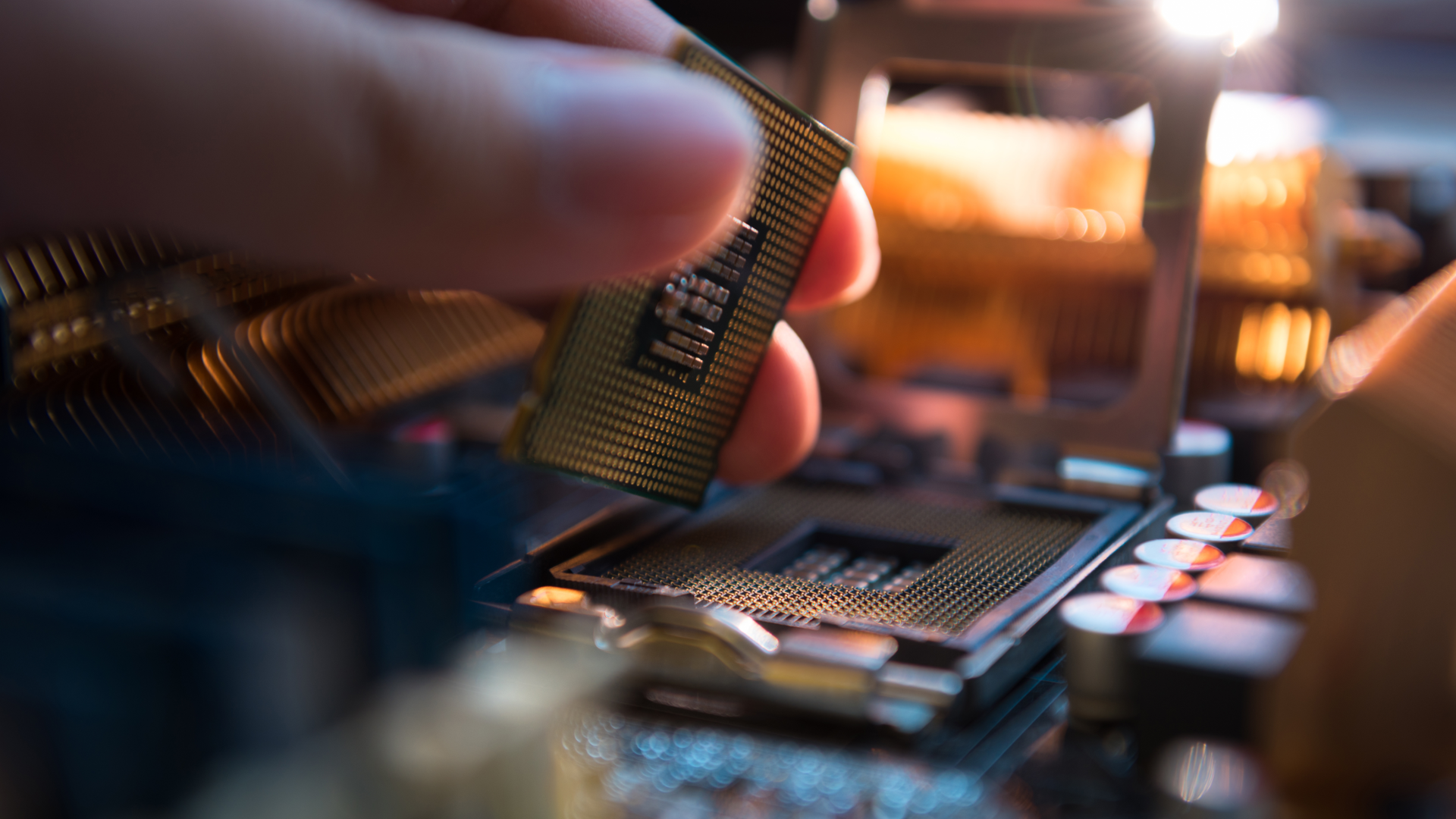 Intel’s 10nm Alder Lake CPUs look set to deliver a major performance boost
Intel’s 10nm Alder Lake CPUs look set to deliver a major performance boostNews The desktop chips are said to benefit from a hybrid configuration combining high-power and high-efficiency cores
-
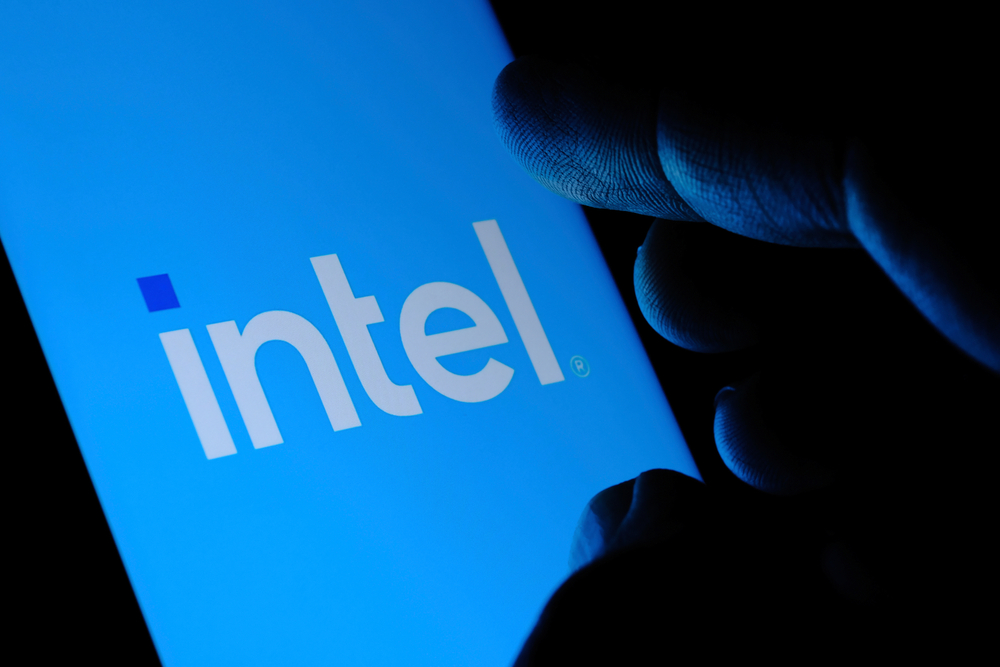 Intel's Rocket Lake-S desktop CPUs set to arrive in 2021
Intel's Rocket Lake-S desktop CPUs set to arrive in 2021News The 14nm CPUs will provide a double-digit performance boost, but others raise questions after AMD’s shift to 7nm chips

